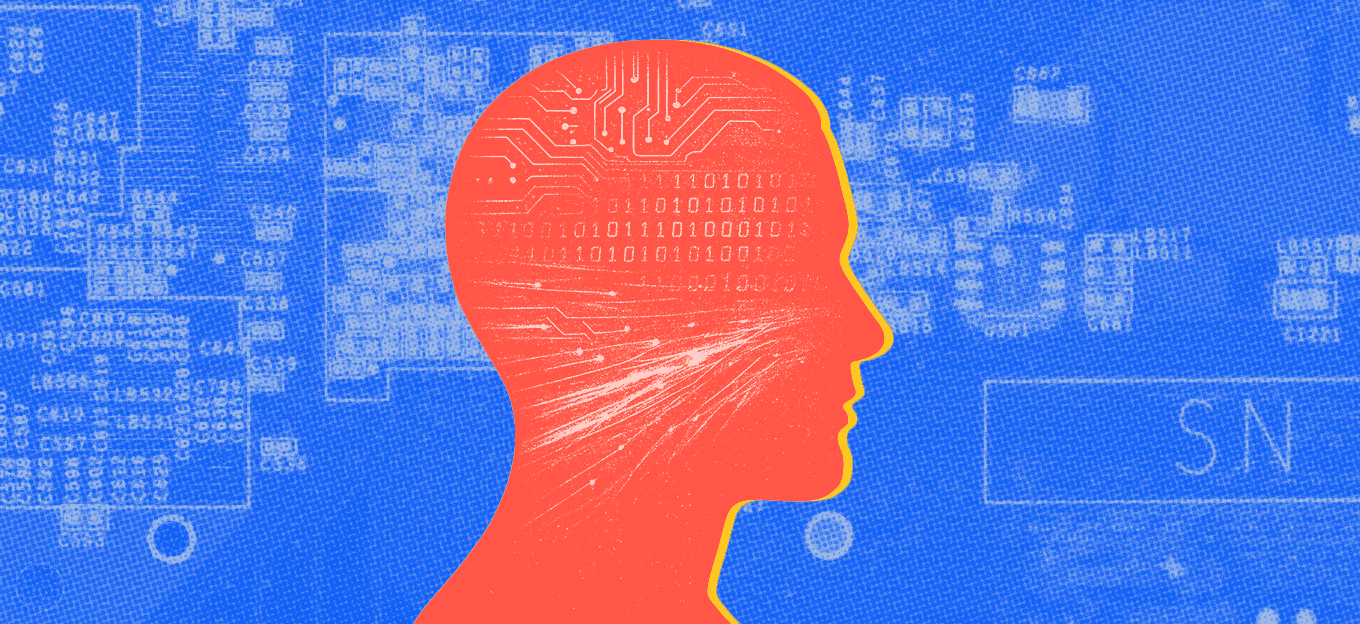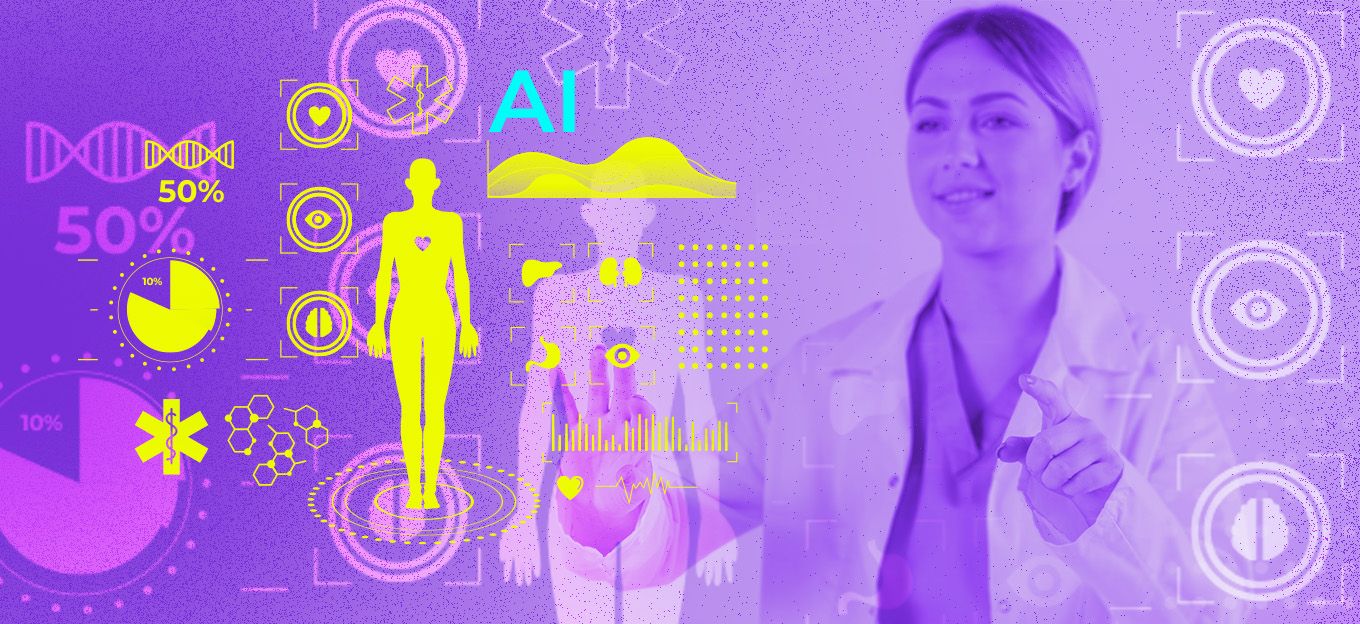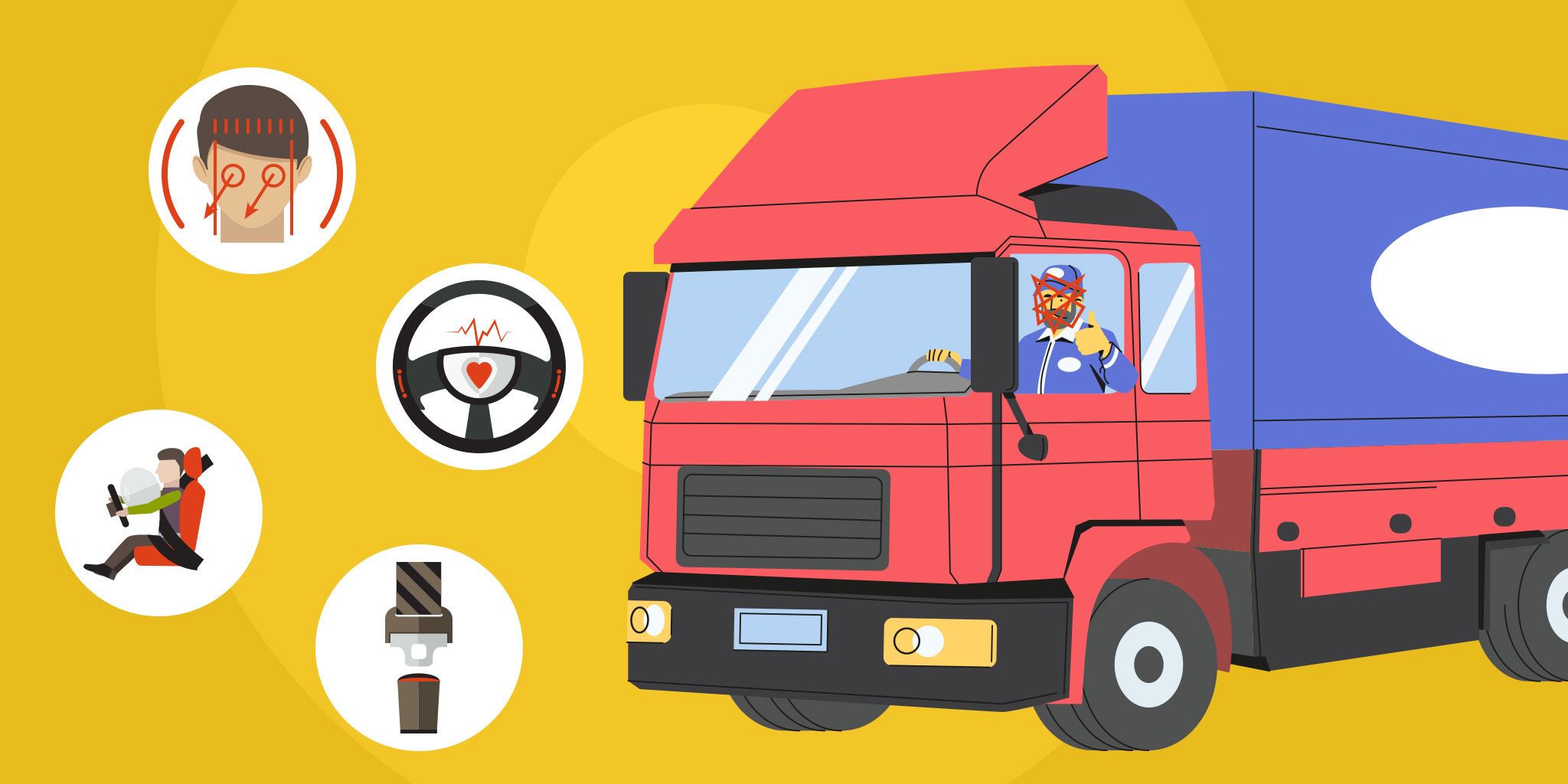What Is Physical AI?
What Is Physical AI?
- Last Updated: August 28, 2025
Eric Limer
- Last Updated: August 28, 2025



Artificial intelligence has captured the popular imagination with text-based tools like ChatGPT, image generators and the like. But the next wave of innovation, one that will have profound effects on virtually every industry, is the rise of Physical AI.
More than just the advent of new gadgets or apps, Physical AI represents a sea change in business management. It’s about turning physical spaces into sources of actionable intelligence and harnessing AI systems that bridge perception, decision-making, and real-world action.
Physical AI: Operational Intelligence for the Real World
So what is Physical AI? It’s a term that refers to systems that perceive and interact with the real world to improve efficiency by providing real-time digital information about the state of a physical space, paving the way for new strategic insights, or even automating complex tasks.
At a high level, Physical AI works by combining three key components:
- Sensors act as the “eyes and ears,” capturing information through cameras, microphones, and other devices.
- Computer hardware, either at the edge or in the cloud, functions as the “brain,” which transforms raw data into usable signals in real time.
- AI software and algorithms comprise the “thought process,” which enables perception, reasoning, and continuous learning.
Where earlier generations of automation could only follow pre-programmed rules, Physical AI allows businesses to adapt to changing conditions. Imagine a system that not only spots an unexpected bottleneck in a service process but also recommends re-routing workflows to maintain throughput, or one that not only detects a missing asset but anticipates the impact on operations and alerts managers instantly.
From Rigid Automation to Adaptive Intelligence
The leap from traditional automation to Physical AI is a transformational change. While Industrial automation has long powered factories, these systems are rigid. They execute a predefined sequence flawlessly, until an unexpected event throws them off. Cyber-physical systems added some intelligence by linking computation with physical processes, but they remained reactive.
Physical AI changes the equation. By integrating advanced perception and real-time learning, these systems shift from deterministic to probabilistic and from reactive to proactive. Instead of merely following rules and adhering to the status quo; they interpret, anticipate, and optimize.
In real-world operations, this adaptability can mean the difference between a repair shop that processes only as many vehicles as its bottlenecks allow, versus one that can dynamically reallocate resources to serve more customers each day. Or between an auto dealership that spends hours searching for misplaced vehicles and keys, versus one that knows the real-time location of every asset, whether or not employees are perfectly following protocol, and can prevent theft before it happens.
Computer Vision Is the Foundation
While Physical AI systems can make use of many types of sensors and IoT devices, computer vision is by far the most foundational element of a transformative Physical AI system. Video footage provides a richness and depth of information that no other modality can match. It allows machines not only to detect objects but also to understand context, patterns, and anomalies.
In practice, the loop works like this: cameras capture visual data, AI processes it and interprets what’s happening, and actionable insights are generated. What makes this powerful is the ability to deploy it at scale, often using existing camera infrastructure, instantly providing oversight with accuracy and speed that exceeds human capability.
Consider manufacturing, where vision systems detect defects and flag them instantly, improving quality control while reducing waste. Or asset tracking, where computer vision and IoT can transform legacy yards and lots into intelligent ecosystems, eliminating manual searches and dramatically reducing theft risk. In automotive service, vision-driven monitoring solutions can track service bay utilization in real time, surfacing bottlenecks and enabling managers to increase the number of vehicles serviced per day without adding staff.
These are simply the applications of vision-based Physical AI that are already driving measurable outcomes in the field. As processing power and AI software refinement grows, computer vision-based Physical AI will provide a foundation for smarter, more sophisticated, more fully automated processes.
Translating Technology into Business Value
For enterprises large and small, the point is not to invest in AI for the sake of AI. They invest to solve pressing business problems. Physical AI, powered by computer vision, delivers returns in three major ways:
1. Improving operational efficiency by continuously monitoring processes and flagging issues before they escalate. Production lines run more smoothly, service centers process more vehicles, and asset yards reduce costly delays.
2. Enabling predictive maintenance by analyzing real-time data to forecast failures before they occur. That means fewer breakdowns, less unplanned downtime, and better planning of maintenance schedules.
3. Powering digital twins that accurately reflect the state of physical assets. By feeding real-world data into virtual models, companies can simulate, optimize, and make more informed decisions about everything from resource allocation to workflow design.
These capabilities can translate directly into reduced costs, faster cycle times, and higher throughput—all of which impact the bottom line.
Seizing the Future of Operations
By merging AI with real-world perception, companies can move beyond rigid automation to systems that learn, adapt, and act in real time. Computer vision sits at the center of this shift, enabling applications from defect detection in manufacturing to real-time asset tracking in dealerships to service bay optimization in automotive repair.
The opportunity is clear: Physical AI is a practical, proven toolset that can unlock new efficiencies and competitive advantages today. The organizations that embrace it early will define the future of their industries.
The Most Comprehensive IoT Newsletter for Enterprises
Showcasing the highest-quality content, resources, news, and insights from the world of the Internet of Things. Subscribe to remain informed and up-to-date.
New Podcast Episode

Moving Past the Pilot Phase in IoT and AI
Related Articles





